Estimated reading time 18 minutes, 15 seconds.
On an unusually clear, calm day in the Pacific Northwest, John C. Penney, callsign “JC,” and his fellow fighter pilot, Doug Russell, fly Microsoft billionaire Paul Allen’s MiG-29. A proficiency flight for both pilots, they depart Paine Field north of Seattle, climbing quickly to altitude for an aerobatics and maneuvering flight, then drop into Bellingham for pattern work, before returning to Paine. Everything went as briefed.
At the end of the 55-minute sortie, John makes a “perfect” landing back at Paine Field, parks the Russian jet at Allen’s hangar-museum, and shuts down the thirsty Klimov RD-33 engines — having burned 800 gallons (3,028 liters) of jet fuel.
“Doug, it doesn’t get any better than this…” John says as he completes the shutdown checklist. “It’s been a good run.”
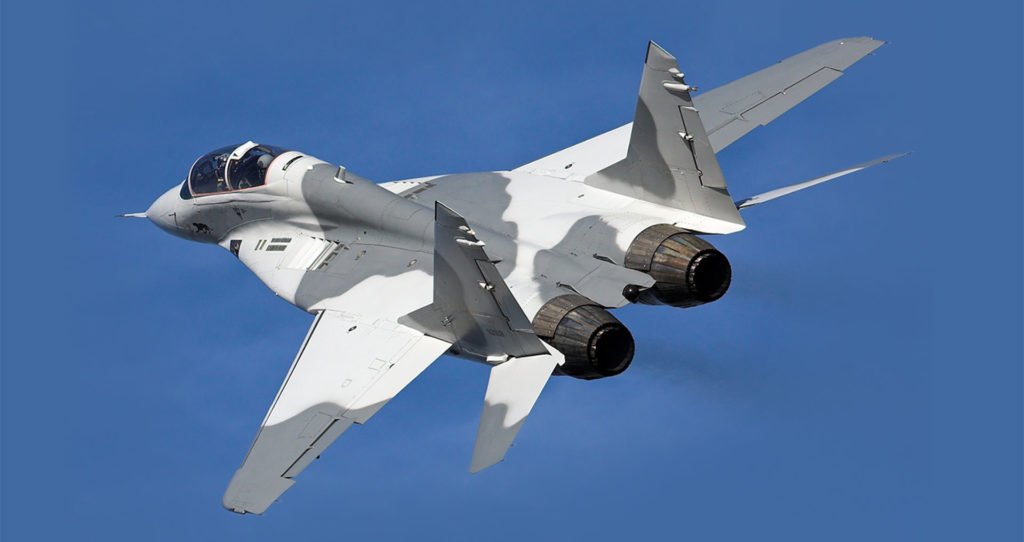
Retirement had been coursing through John’s mind in recent months; he was 72, but he still felt fine and flew well. Doug, who had flown the MiG as a U.S. Air Force exchange pilot with the Luftwaffe, was very complimentary of John’s skills: “Hey man, you’ve still got it. You make better landings than me!”
But John had seen other pilots wait too long to hang up the spurs, and he wasn’t going to be that guy. He wanted to go out at the top of his game, and this perfect flight was the perfect way to end a long and extraordinary flying career in military jet warbirds.
Doug called John the next morning and asked: “Are you still good with that decision?”
He was.
Balsa Models & Early Experiments
Penney became smitten with flying when he was about four, he said. He made and flew balsa wood and plastic models throughout his childhood. This led to experimenting, and designs of his own. Some flew well; others were an aerodynamic disaster. One of the impactful, early lessons from those experiments was the way CG (center of gravity) affects airplane stability and performance — a discovery that served him well for life.

When Penney was 16, Gus Windmiller, a family friend and former Second World War civilian flight instructor, asked Penney’s mother if he could take JC flying. With her blessing, Penney gained a wonderful mentor, who taught him to fly his Piper J-3 Cub, soloing when he was 17. Though he didn’t have the money to finish his private license, he did come away with a strong foundation of stick and rudder flying, and a powerful lesson from Windmiller about angle-of-attack from an all-attitude demonstration in the Cub. A light bulb moment. “Finding a Gus in today’s world has become a rarity,” laments Penney.
Academy
He set his sights on attending the U.S. Air Force Academy after learning about it from a magazine article. He was not accepted on his first application. “I wasn’t smart enough,” said Penney, self-deprecatingly. So he spent a year at California Polytechnic State University studying aeronautical engineering, applied again, and got the nod.
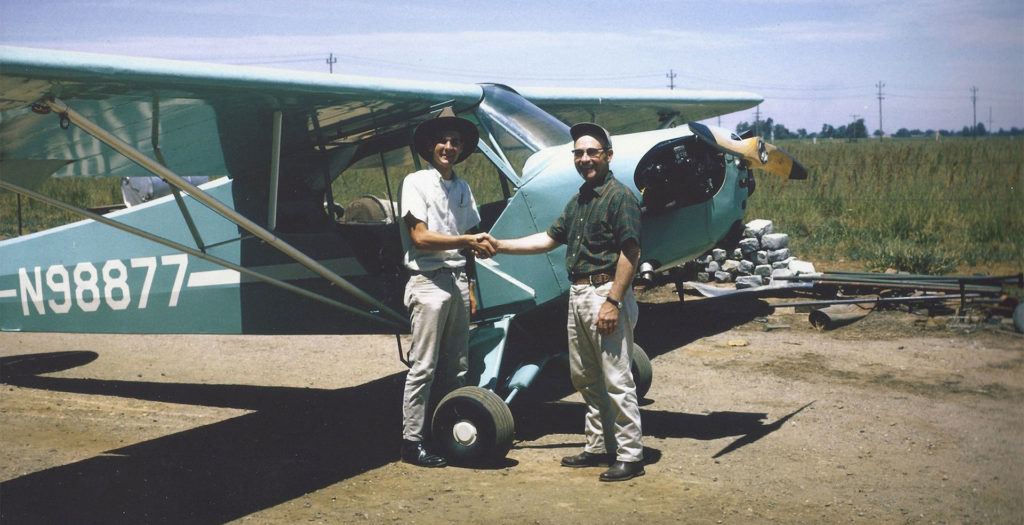
At the Academy, he got his private pilot-glider certificate, and progressed quickly through commercial and flight instructor-glider. “There’s so much you can learn in terms of energy management from that kind of flying,” he said. Glider experience, we’ll soon see, would serve Penney well throughout
his career.
During his freshman year, he started dating a lovely lady from his hometown. He and Stephanie, or “Steph,” as he calls her, were inseparable throughout his time at the Academy. He married her 17 days after graduation.
In the summer between his sophomore and junior years at the Academy, he rode a Schweizer 1-26 up a monster mountain wave to 33,900 feet — an Academy record that stood for many years. Looking back, he realizes how little he knew about flying at the time.
Aim High
Penney seems rather soft-spoken and generally shuns the spotlight, but don’t let that quiet demeanor fool you: he is highly competitive. He graduated on the Superintendent’s list at the Academy, and at the top of his class in pilot training at Vance Air Force Base, Oklahoma.
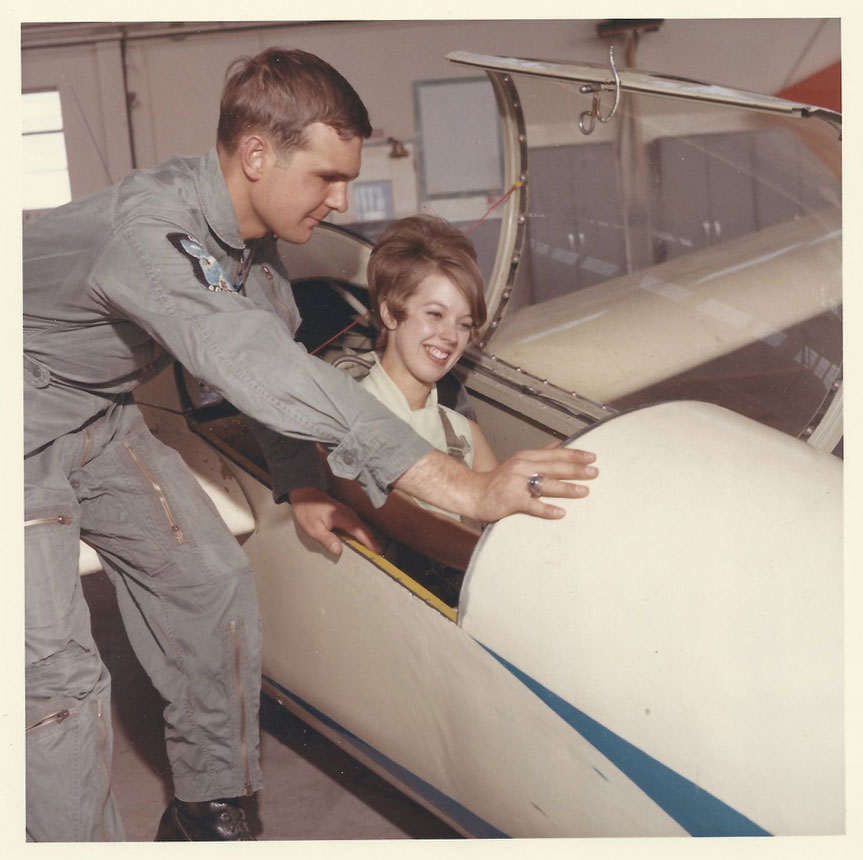
After pilot training, Penney was sent to Southeast Asia. He flew 139 combat missions in the A-7 Corsair II, providing close air support and conducting many search-and-rescue missions — including an especially tricky one involving an F-111 pilot who ejected nearly into downtown Hanoi.
How does a fighter pilot stay alive in the skies above Vietnam? According to Penney, by studying his enemy’s capabilities and knowing your own airplane’s systems — cold; by being procedural, flying as precisely as you can, with self-discipline; by working with your flight-mates, and relying on their discipline and skills. “After all that, there’s a lot of luck involved,” he said. “You try not to let the ‘Golden BB’ get ya.”
After the war, Penney got orders to fly the F-15 — a coveted award — but United Airlines offered him a job that same week. Tough choice. His airline buddies told him to not pass it up. With Steph’s wise counsel, he took the job with United. In this case, though, his lucky “right place, right time” mojo failed him: He was furloughed four weeks after starting class with the airline.
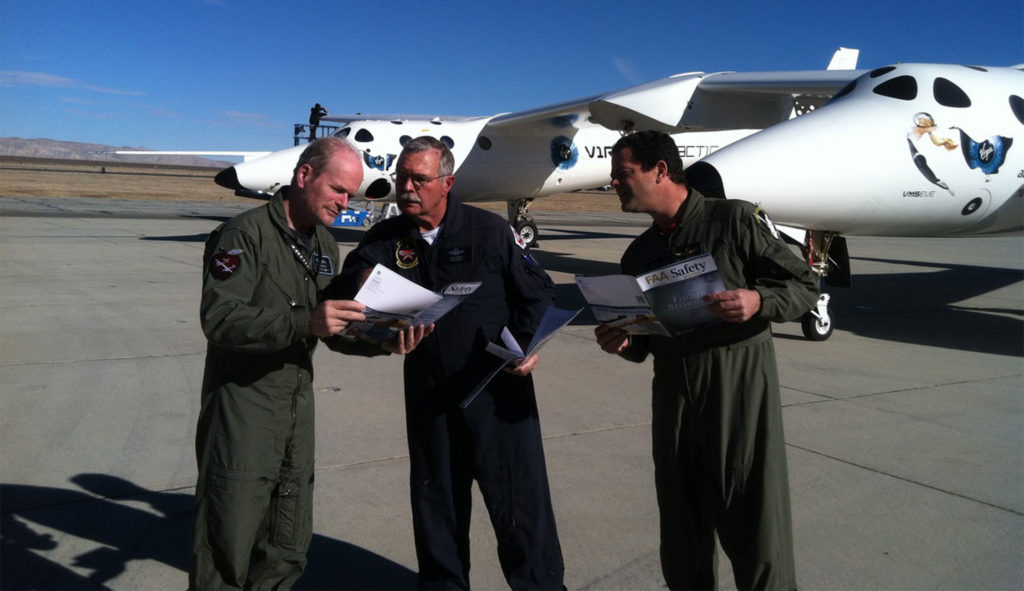
Reno
During furlough, a chance encounter with the mockup display of a new aircraft called the LearFan 2100 led to a job with LearAvia as an engineer; Penney flew chase in a T-33 during prototype testing, then eventually moved to test pilot. The company was based at Reno Stead Airport (home of the Reno Air Races), so Penney soon got a seat with the Nevada Air National Guard flying the macho RF-4 Phantom.
Lyle Shelton, owner of the highly-modified F8F Bearcat, “Rare Bear,” was a good friend of LearAvia’s director, Moya Lear, and parked his Bearcat racer just outside Penney’s office window. It was only a matter of time before he invited Penney to be his back-up pilot in Rare Bear.
Penney’s first “Gold Heat” race in “Bear” in 1985 didn’t go well: The engine oil drain plug wasn’t safety-wired properly, and hot oil poured out of the R-3350 engine onto the race course; the resulting landing was only his fourth in the type, but at least it was power off. The engine seized up completely on landing roll. Racing old, Second World War airplanes, tempting overtaxed engines to blow up, isn’t without risks…
Penney successfully deadsticked the Bearcat, whose wings are six feet shorter than standard — with no flaps — eight times! “Bear” might have been a very bad glider, but the basics of judging sight picture and managing energy — putting the aircraft exactly where it needs to be — was a page right out of his early years as an Academy glider pilot. Penney estimates the power-off sink rate in “Bear” at an eye-watering 6,000 feet per minute! A manhole cover does better if you throw it right.
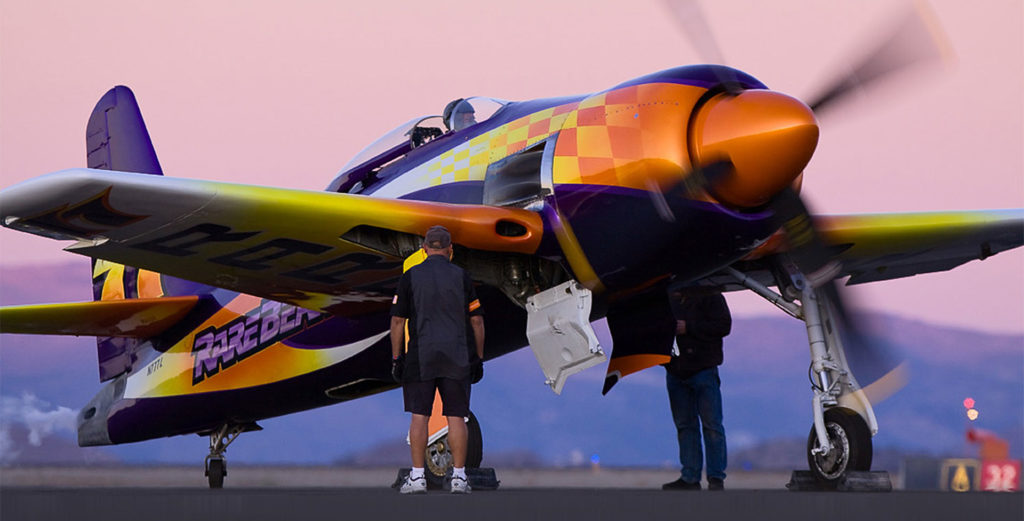
When Penney flew it, “Bear” was the fastest piston-powered, propeller-driven aircraft in the world. Out of the 11 times he raced it at Reno, he won the Unlimited Gold race four times. He also took the gold twice at the Phoenix 500 race. And to further piss off the competition, he won the Jet Class in an L-39 named “Pipsqueak.” Twice.
When United called him back from furlough, he was there two days before employees went on strike. Penney and 28 other pilots from the airline’s school house refused to cross the picket line and were promptly fired. A court battle later reinstated them.
Once back at the airline, Penney upgraded quickly, became a check airman in the Boeing 737, then flew the 757, 767, and 777. With his background as an aeronautical engineer and fighter pilot, he got involved in many of his airline’s special projects, and authored “The Advanced Maneuvers Program Study/Reference Guide” — a response to the mounting loss of control accidents in big jets. It is one of his proudest achievements.
Penney retired from United in the 747-400 (“a big, marvelous machine”) at age 60.
Paul Allen Collection
In 2006, famous race and movie pilot Steve Hinton invited Penney to fly aircraft from Paul Allen’s Flying Heritage Collection. These were some of the finest examples of each type. He flew the iconic Curtiss JN-4 Jenny, Fieseler Storch, P-51, P-40, P-47, BF-109, FW-190, Spitfire, Hawker Hurricane, Russian PO-2 and IL-2, and the MiG-29.
As an FAA designated examiner in experimental aircraft and warbirds, Penney conducted checkrides in such iconic airplanes as the P-40, P-47, P-51, Hawker Hurricane, Spitfire, ME-262, MiG-15/17/21, F-86, AlphaJet, PC-9, SU-27 — even the F-104.
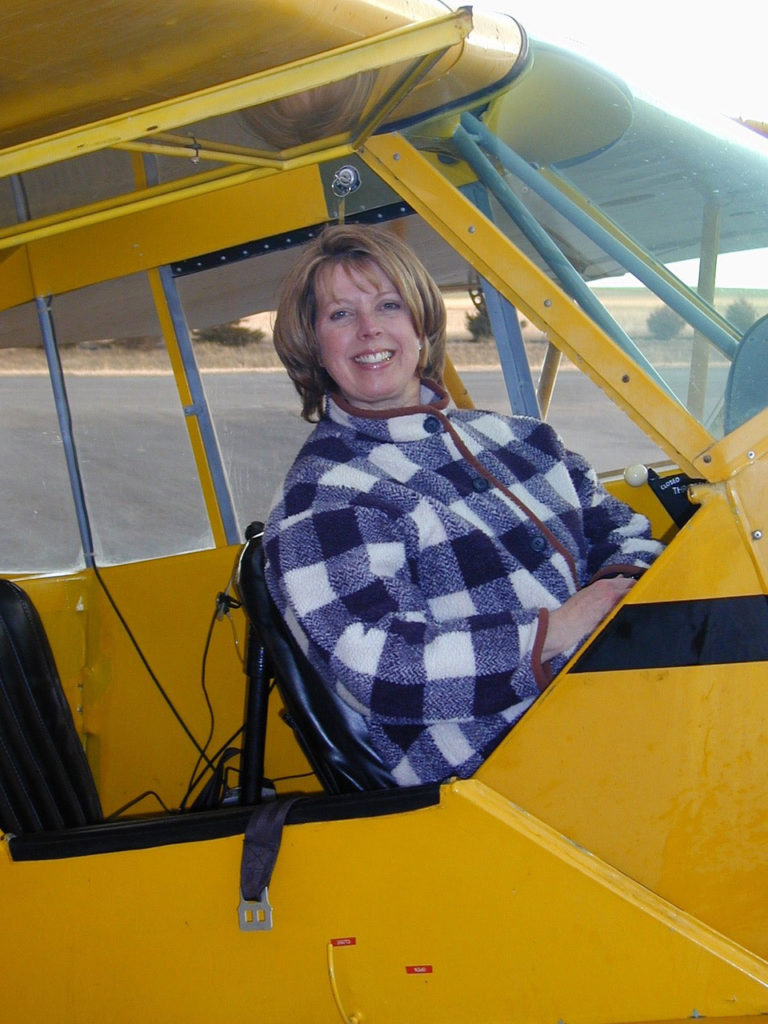
When it came time to certify the pilots in White Knight Two — the huge mothership that carries SpaceShipTwo aloft for space flights above 330,000 feet — the FAA certainly didn’t have anyone with Penney’s massive credentials, so they asked him to conduct the checkrides. Oh, and he gave “checkrides” in SpaceShipTwo, as well; but they were from the ground, in “mission control” with views of all screens and data displays.
How do you evaluate level steep turns or touch and gos for a checkride in SS2, anyway?
More Test Flying
In 2005, Penney joined Adam Aircraft as a test pilot on the Adam 500 piston twin and Adam 700 jet — first as a part-time consultant, then full-time after retiring from United. The Adam-500 was type certified, but the Adam-700 jet never made it to certification before they closed their doors for good in February 2008.
He later joined Bye Aviation (now Bye Aerospace) and flew its two prototype electric airplanes. Penney had a lot to learn about electric propulsion, batteries, controllers, and cooling. So as a test pilot, he spent a lot of time with the engineers, learning how each system works, and what to do if something goes wrong…
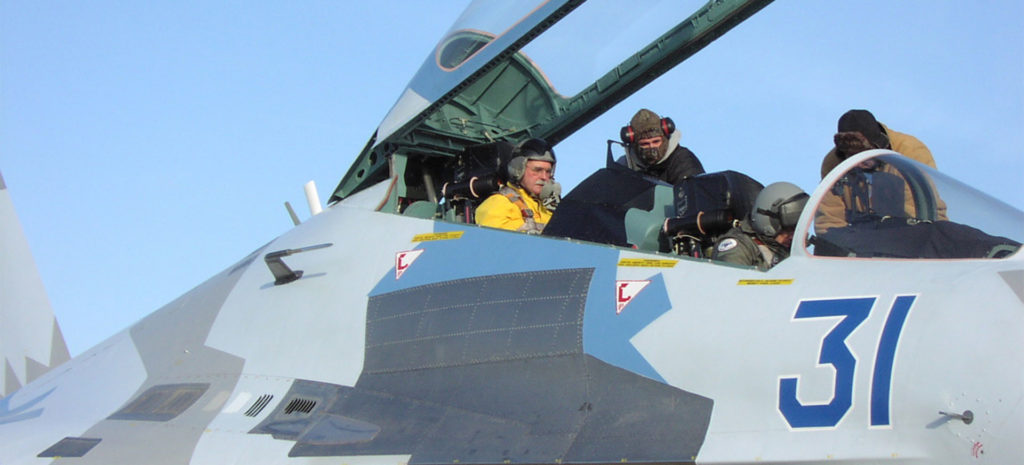
How does a test pilot stay alive? “I tried to educate myself best I could about the aircraft, its limitations, and my limitations,” said Penney. “What are the risks? There’s always the need for heightened situational awareness with all senses fully engaged.” Sounds like his secret for staying alive as a fighter pilot. Or race pilot.
The Circle is Unbroken
Today, Penney and his wife, Steph, own a J-3, much like the one his mentor, Windmiller, soloed him in nearly 60 years ago. They also own a lovely Fairchild 24R (actually a UC-61K) and a triple-tailed Bellanca 14-19. Penney continues to fly U-Control and remote-control models at a local model flying field near Denver, “because it’s fun…” he said simply. Full circle.
Surviving all the possibilities in a long career of flying offers one time to reflect; Penney certainly admits to being more mature and thoughtful now than when he was a young, second lieutenant in Southeast Asia. Wisdom comes at different rates for different pilots.
Penney wishes there was some way to transfer some of the wisdom he’s learned to younger pilots, because most students won’t get much wisdom from their young CFIs. The key is being receptive. He says he was like a sponge with his mentor, Windmiller.
He wishes every pilot could learn critical things like angle-of-attack from such a wise instructor.
“Wisdom is often grabbing on to something that someone has to offer you.”
Recognition
Penney has certainly been recognized for his many achievements over the years (see sidebar), but none are as important to him as his connections with people. “I’ve been so darn fortunate and privileged. So many people have been so generous, so accommodating, to let me do so many things.”
Maybe so. But much is to be said for being in the right place at the right time with his engaging, brilliant mind and careful demeanor; he made the most of the opportunities.
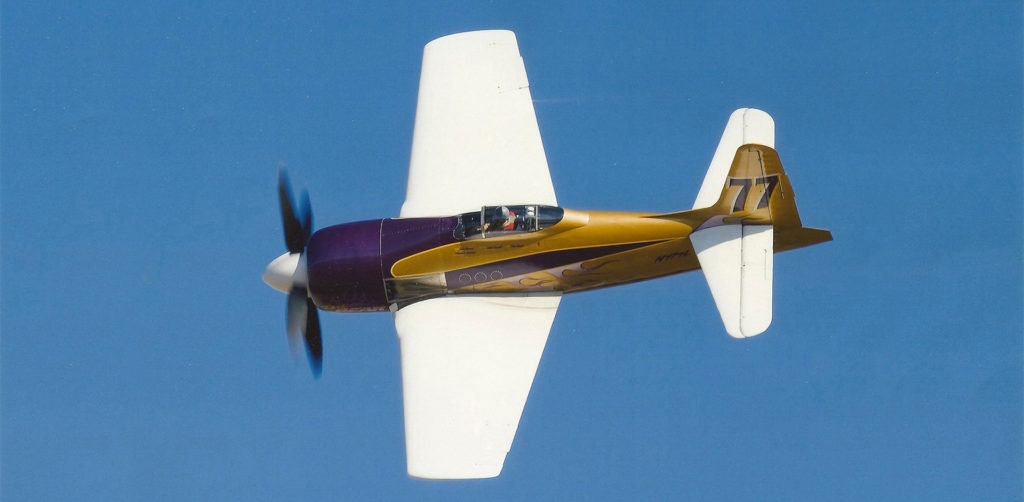
It’s often said, “Behind every successful man is a woman.” But Penney insists his wife, Stephanie, has not been behind, but beside him on this journey. “She’s been so supportive…” he said fondly. She even raised their twin daughters, Jill and Heather, while Penney was out flying. She has also apparently gotten very good at holding her breath — married to an air racer, fighter pilot, and test pilot. They will celebrate 51 years of marriage this June.
Three hours flew by during a memorable afternoon I spent talking with Penney… reflecting, listening, learning. We pause at the end of our time together. In that silence, holding back tears, he says quietly, “Someday…when we’re sitting on the veranda with friends, sipping our mint juleps, I’ll say, ‘Look at what we got to do… What a privilege.’”
SIDEBAR:
A Few of John Penney’s Many Awards & Achievements
1969 Academy altitude record: 33,900 feet (stood for 13 years)
1970 Graduated from U.S. Air Force Academy (Superintendent’s List)
1972 Orville Wright Achievement Award
1972 No 1 Graduate at Undergraduate Pilot Training
1972 Air Medal (Ninth Oak Leaf Cluster)
1973 Distinguished Flying Cross
1979 Air Force Commendation Medal
1984 & 1986 Pulitzer Trophy for Air Racing
1985 Granted membership in Society of Experimental Test Pilots
1994 First Place, Phoenix 500 in “Rare Bear”
1994 First Place, Unlimited Gold at Reno in “Rare Bear”
1995 First Place, Phoenix 500 in “Rare Bear”
1996 Reno Qualification Speed Record: 491.266 mph (stood for seven years)
2004 First Place, Unlimited Gold at Reno in “Rare Bear”
2005 First Place, Unlimited Gold at Reno in “Rare Bear”
2005 First Place, Jet Gold at Reno in L-39, “Pipsqueak”
2006 First Place, Jet Gold at Reno in L-39, “Pipsqueak”
2007 First Place, Unlimited Gold at Reno in “Rare Bear”
2011 Inducted into Colorado Aviation Hall of Fame
And perhaps John’s proudest accomplishment of all:
2021 John and Stephanie celebrate 51 years of marriage!


I flew with John in the Reno Air National Guard. Both of us had a Vietnam tour. Great guy. Lots of memories. I would like to get his e mail for contact.
I remember Stephanie and John from pilottraining in Oklahoma, Vance AFB. We had the same IP, we also lived in the same building downtown Enid. They where a very nice couple, loved them both, very friendly to me as a foreigner i appreciated it, after UPT i had to go back to Denmark where i flew the F 100.
All the very best from
Ole Nielsen